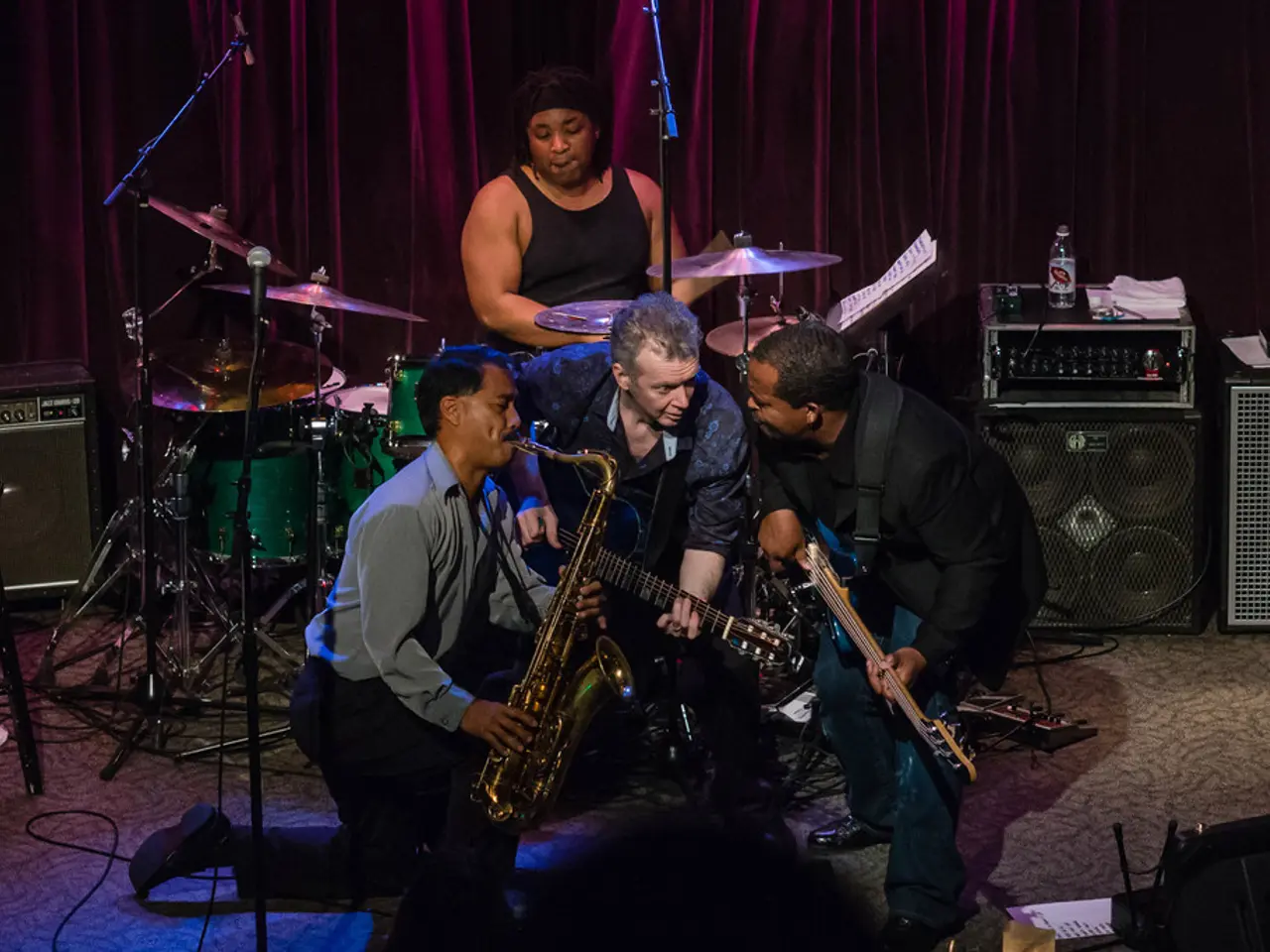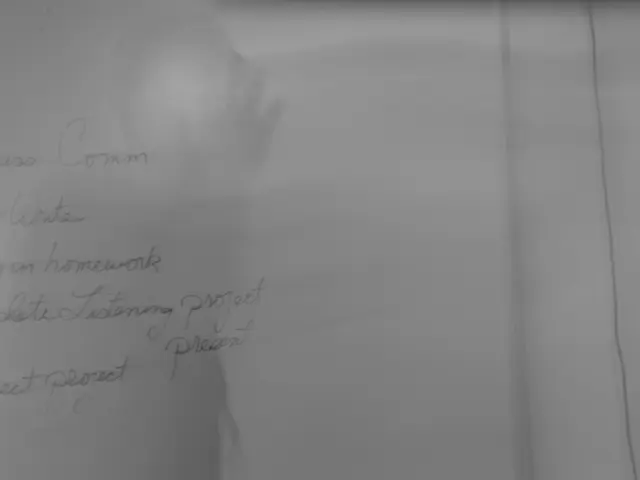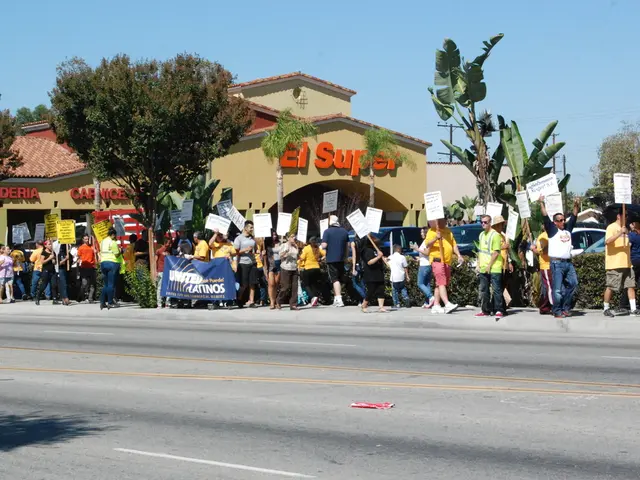Guide to Mastering FL Studio for Newcomers
In the world of music production, FL Studio stands out as a favourite among producers and musicians. Created by Belgian developer Image-Line, this digital audio workstation (DAW) has been a staple for electronic music creation since its inception in 1997.
Originally known as Fruity Loops, the software began as a simple MIDI sequencer with a familiar step editor. Today, it has evolved into a powerful tool with unique workflow elements that make it a go-to choice for many well-known producers.
The heart of FL Studio lies in its intuitive interface. The Channel Rack is where you'll find the tools to assign sounds to mixer tracks, offering additional volume and panning controls. By clicking a sample in the Channel Rack, you can open the basic Sampler plugin, allowing you to perform basic edits like time stretching and looping behaviour.
The Piano Roll, another essential view in FL Studio, enables quick dragging of common chords onto the Piano Roll without manual input, thanks to the stamp tool. For polyphonic material, the Channel Rack provides quick access to the Piano Roll editor.
Recording in FL Studio varies depending on the type of information you're planning to capture. To add a sound to a project, simply drag it from the browser onto the Channel Rack and assign it a mixer strip. The browser in FL Studio lists sounds, samples, loops, and plugins, making it easy to find the perfect sound for your track.
The Playlist is the next essential view in FL Studio, orienting the parts in your song from start to end. To hear the arrangement in FL Studio, you need to toggle between song mode and pattern mode in the top toolbar.
FL Studio offers robust MIDI recording and editing capabilities in both the Piano Roll and Channel Rack. The Channel Rack's Graph Editor view allows customization of deeper MIDI parameters like velocity and panning. For rhythmic audio, Slicex divides the audio into slices located at each transient, making it possible to play each hit via controller or MIDI notes in the Piano Roll.
FL Studio is available through select retailers and digital storefronts, but the easiest place to get the software is the Image-Line website. The software is available in different editions at varying price tiers. The Fruity Edition, priced at $99 USD, is the cheapest way to get started with FL Studio. The Signature Bundle, at $299 USD, provides the best value with the majority of the native plugins included. For a full production workflow with proper audio recording and editing, consider the Producer Edition, priced at $199 USD.
The All Plugins edition, priced at $499 USD, contains every plugin the manufacturer develops. For those on a budget, FL Studio's strict policy of free lifetime updates makes it an attractive choice.
FL Studio's legacy is deeply rooted in the world of electronic music. The Roland TR-808 and TR-909, legendary analog drum machines, profoundly shaped electronic music genres like techno. Their distinctive electronic percussion sounds became central to club culture and music production since the 1980s. FL Studio, as a digital audio workstation, was inspired by the rhythm programming and sequencing flexibility epitomized by such drum machines, integrating virtual versions and sequencers that emulate the 808 and 909’s pattern-based beat creation to enable accessible electronic music production from its early versions onward.
In addition to its built-in plugins, FL Studio also supports third-party plugins. For example, Grossbeat is a legendary plugin in trap production, known for helping create the skittering, glitched out hi-hats associated with the genre.
With its unique workflow, quick access to beat programming, and powerful plugins, it's no wonder so many well-known producers prefer it. Today's edition of FL Studio is a strong contender for any creator looking to learn music production fast.






